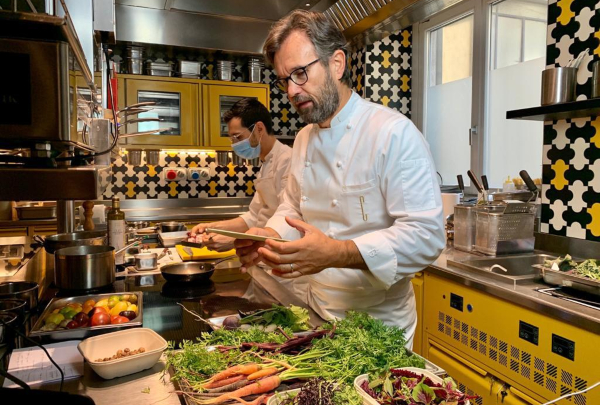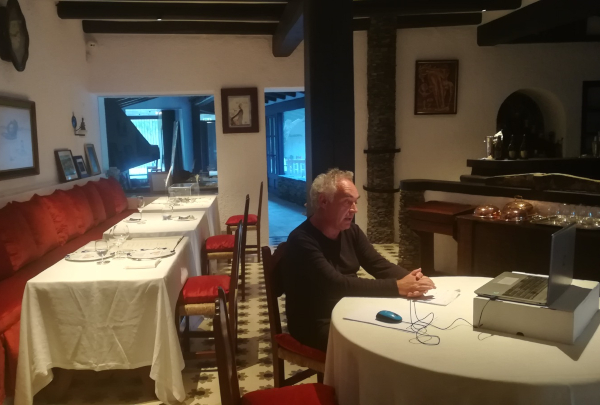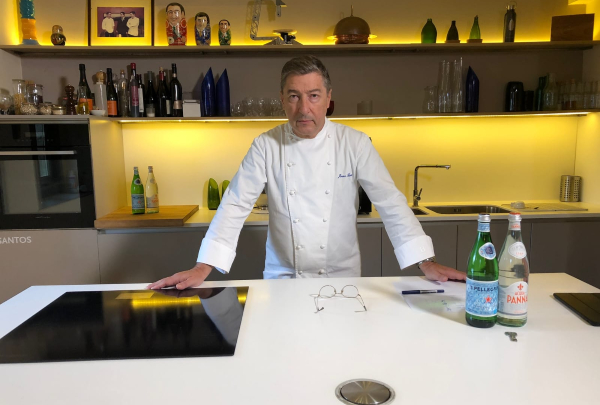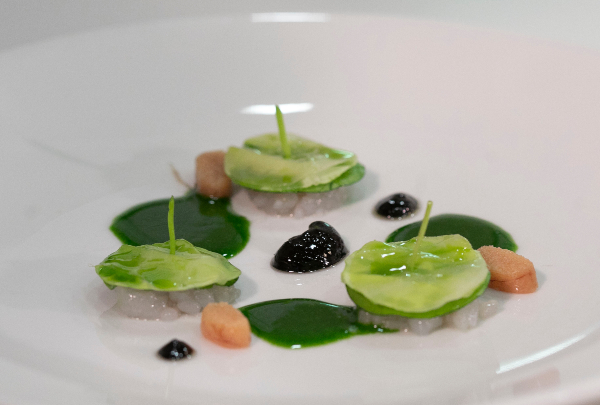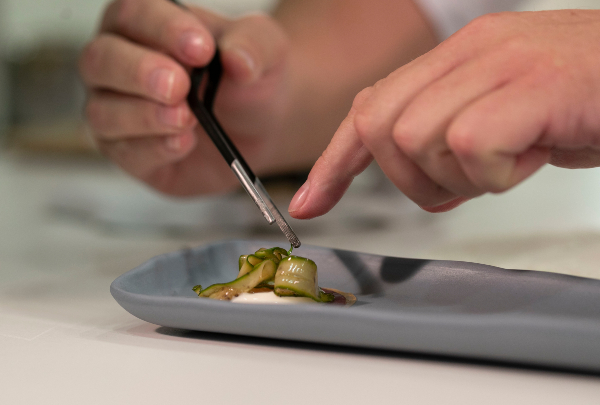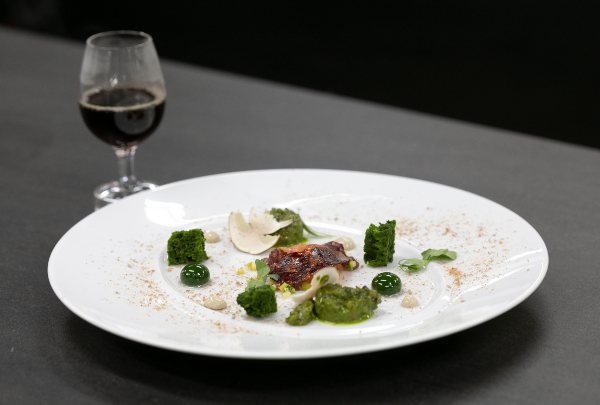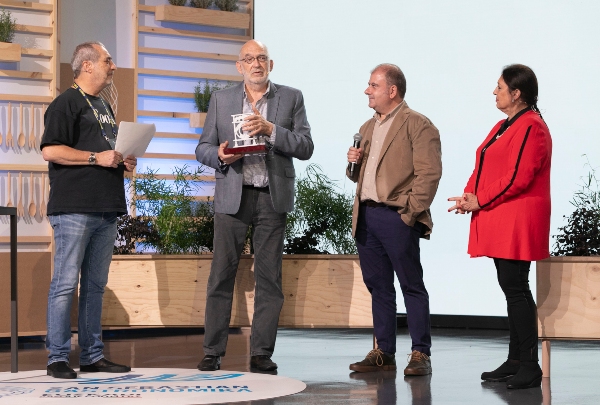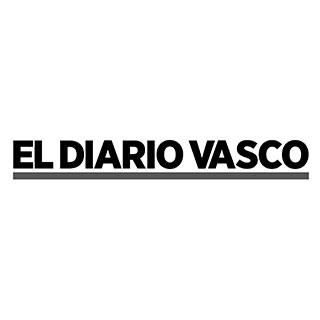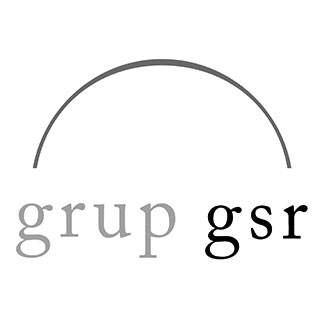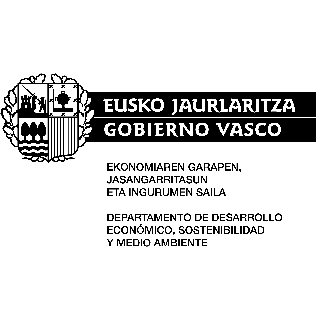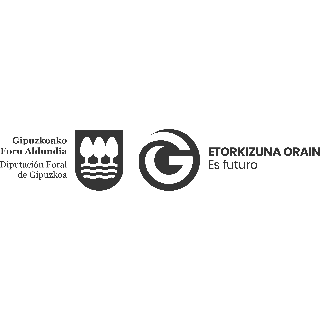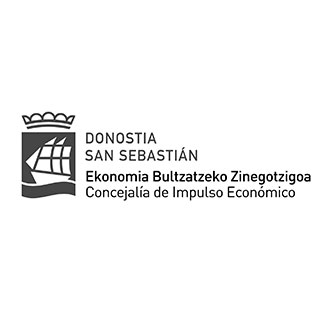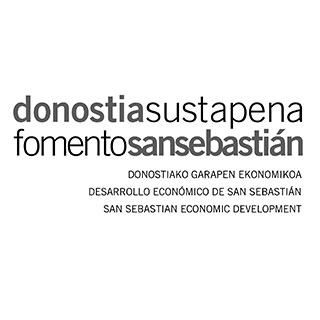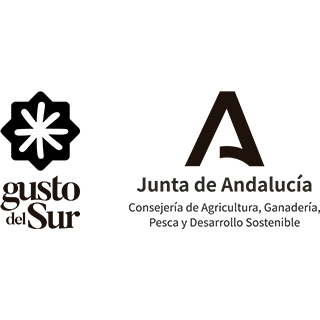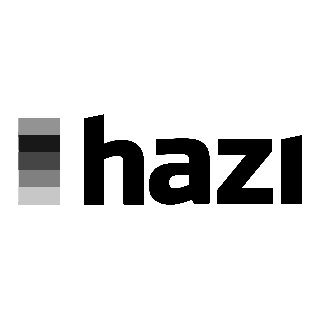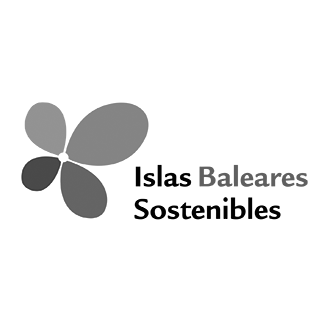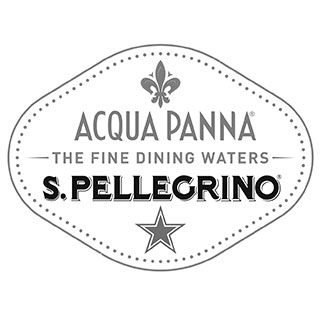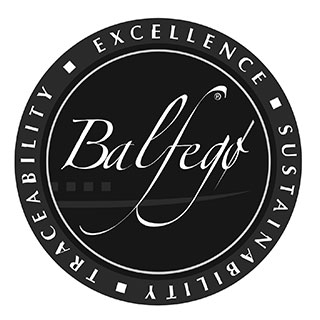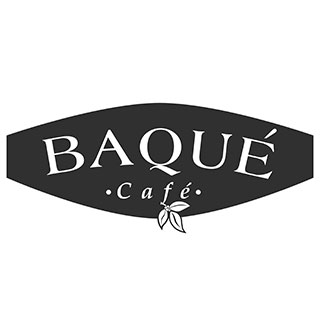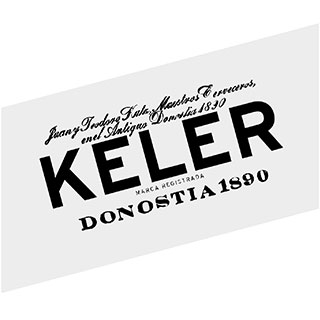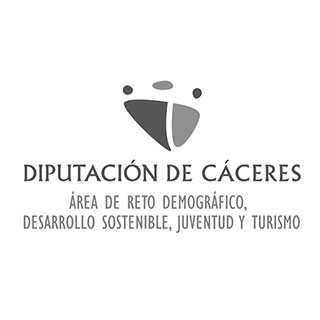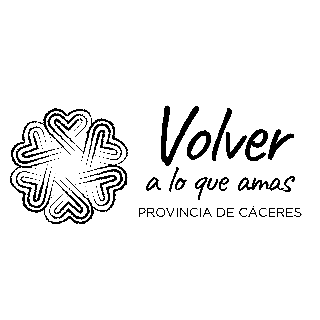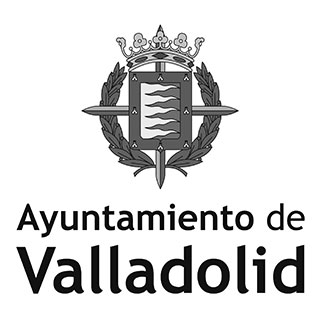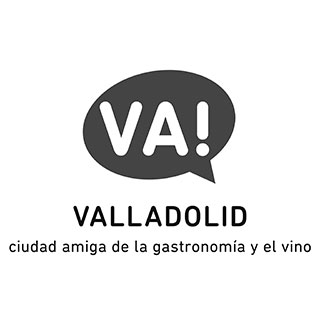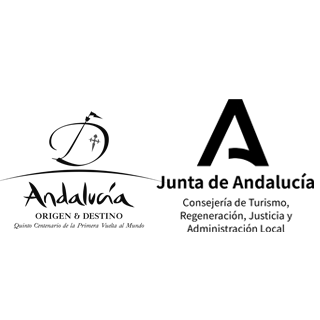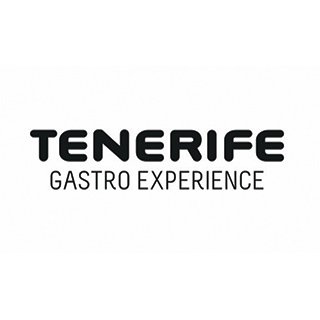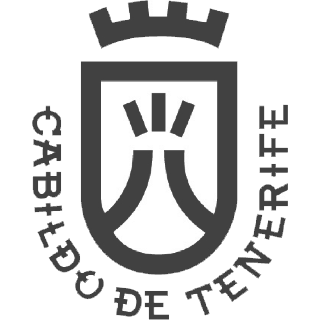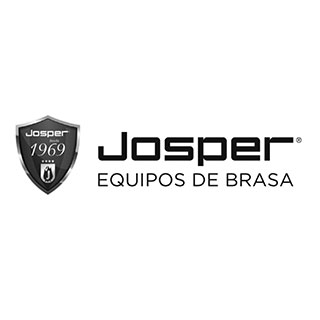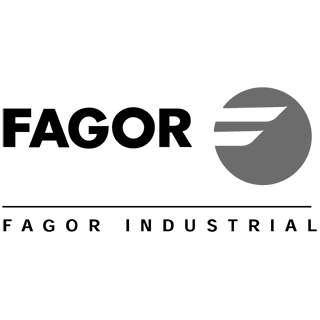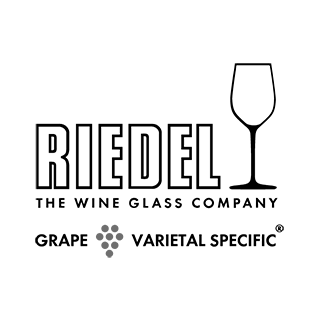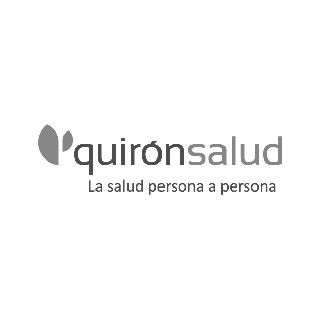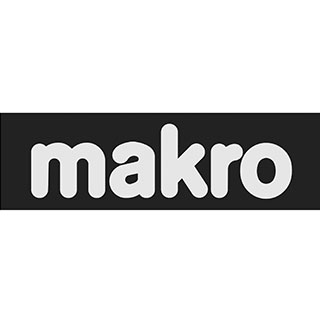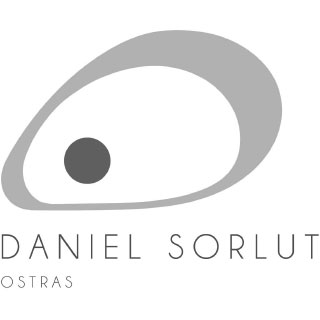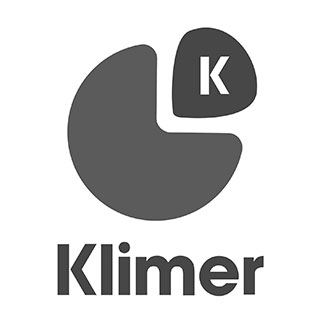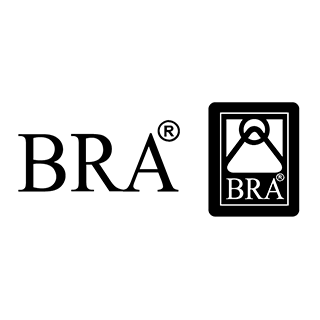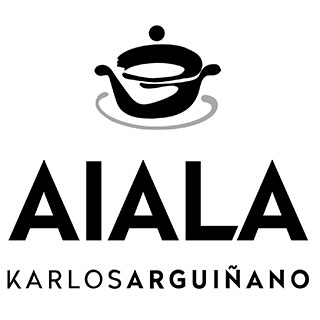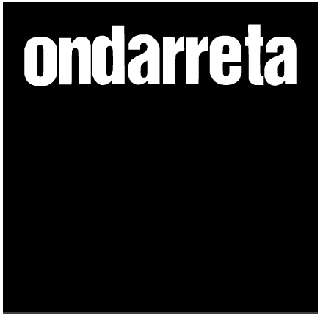News
Garnacha and White wines, the latest options offered by Rioja CDO
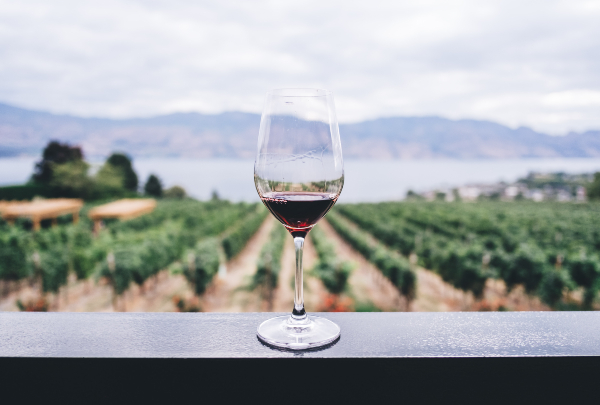
During the Rioja CDO Regulatory Board tasting session, organised by the Elkano restaurant (Getaria, Guipúzcoa), they tasted seven wines that are representative of the period of development that the appellation is currently going through. The tasting was led by Pablo Franco, director of the board of the designation of origin.
Fernando Salamero, president of the Regulatory Board of the Rioja Controlled Designation of Origin welcomed the participants in the tasting session and recalled that the appellation “is the oldest in Spain and the first to receive a certificate of origin”. The aim of this wine event, he said, was “to discover contemporary Rioja wine and understand a bit more about the wine of the past” at the same time as offering a “renewed vision of the portfolio of some of the innovations”, defined as “revolutionary projects that complete our historic commitment to excellence”.
Pablo Franco, director of the Rioja CDO Regulatory Board supervisory body then took the floor to inform those attending the event about the past, present and future situation of the appellation.
The Rioja CDO is based on a wine-growing tradition with 2,000 years of history marked by some significant dates: 1925, when it was created; 1980 when its aging categorisation system and vintage supervision was established ; 1991, when it obtained its certificate of origin; 1998, when it was allowed to use the name of the municipality and 2017 when new concepts were introduced such as the sparkling wines and geographical indications.
If we are talking about numbers, the Rioja CDO takes up 66,240 hectares, of which 13,178 form part of Rioja in Alava; 27,871 to Upper Rioja and 25,191 to Eastern Rioja (a total of 144 municipalities). Last year the wine harvest produced 387 million grapes that resulted in 351 million bottles prepared in 574 wine cellars by 14.800 grape growers who used 1,356,820 barrels (it has the largest stock of barrels in the entire wine-growing sector). This wine is currently marketed in 124 countries.
With regard to varieties, the queen is the tempranillo with 87.7% in red grapes and the viura in 68,7% for white grapes. Other accepted red varieties are garnacha, graciano, mazuelo maturana, and malvasía, white tempranillo, white garnacha, turruntés, White maturana, chardonnay or verdejo, in white varities. It is noteworthy that, according to Pablo, the garnacha is not only being rediscovered (of which they have various types) with which they are starting to produce mono-varietals but they are also starting to work more with mazuelo, maturana and graciano. Franco wanted to stress that the whites are the major commitment that the appellation has been making for the last few years –before they hardly worked on them- and he specifically mentioned that they especially worked with varietals. The first was with white tempranillo produced from a genetic mutation that appeared in Murillo. Right now they are also experimenting with maturana because they have noted that it has great potential.
Pablo also referred to the categorization of wines by their aging system and spoke about three new designations offered by the appellation: “Viñedos Singulares” (vines at least 30 years old with limited production marked by certain characteristics that differentiate them from others that are located in a specific plot of a particular site; recognize by a ministerial order and with supervised tasting whose result must be Excellent), “Vinos de Municipios” (winery and grape are in the same municipality), Vinos de Zonas (all the grapes come from a specific area). The three nomenclatures have traceability, control and appear on the label. Both systems are compatible and co-exist. When it comes to explaining the specific nature of the “Viñedos Singulares” Franco said that at the time that they are harvested it is vital for the vineyard to be in a dormant period in the ripening process; and that only a single pruning is allowed because otherwise, “there is a problem with the vigour, an aspect that is more important than the number of kg”.
Throughout the talk, the director of the appellation stressed the new category of Sparkling wines, which he said have three nomenclatures as far as aging is concerned (fifteen months; reserve and great vintage) and another three according to their preparation (brut, extra brut and brut nature). One of the essential conditions for a wine to be accepted as Sparkling is that the entire production process must take place in the same winery.
Finally two of the important aspects that they have opted for in the last few years have been wine tourism in which, according to Franco, they are the leaders in the field with 860,000 visits in 2019 (and 800 direct jobs) and training with the creation of the Rioja Wine Academy, which they stress has been very well received.
Those attending then tasted the following wines:
-Villota blanco 2017 (viura)
-Jose Gil La Concova 2017 (tempranillo)
-Queirón El Arca 2017 (garnacha) – Viñedo Singular
-Altún Vistalegre 2017 (tempranillo)
-Las Laderas de Jose Luis 2017 (tempranillo) – Viñedo Singular
-Baró de Chirel 1996 (tempranillo from four wine estates)
-200 Monges Winter vintage 2011 (viura from two plots as well as viura, grape with botritys)
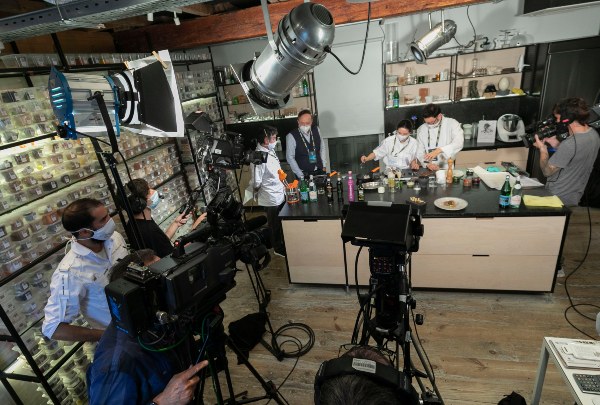
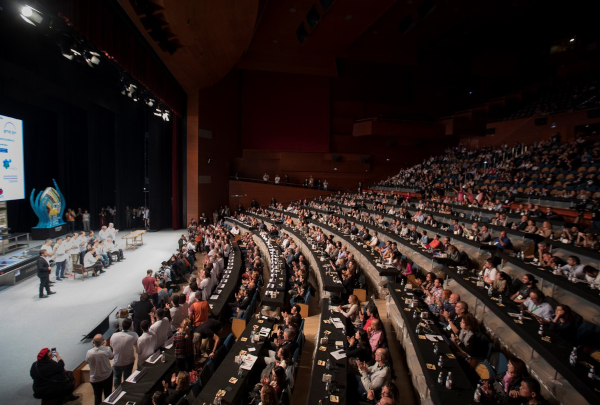
.jpg)
